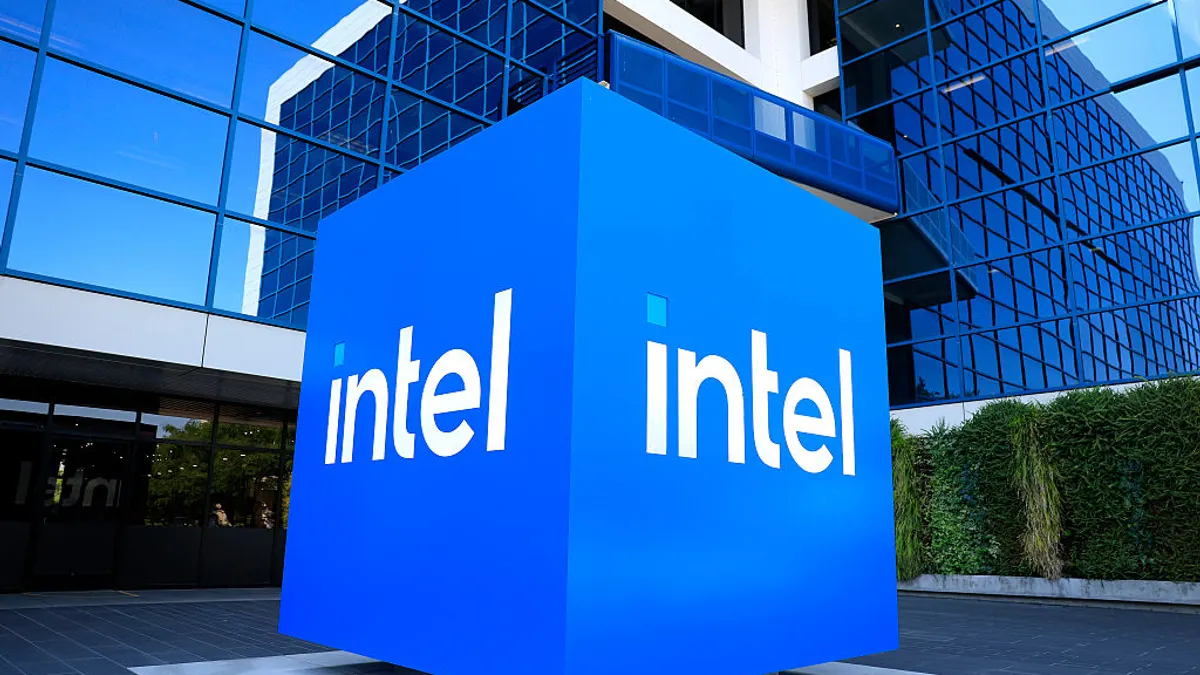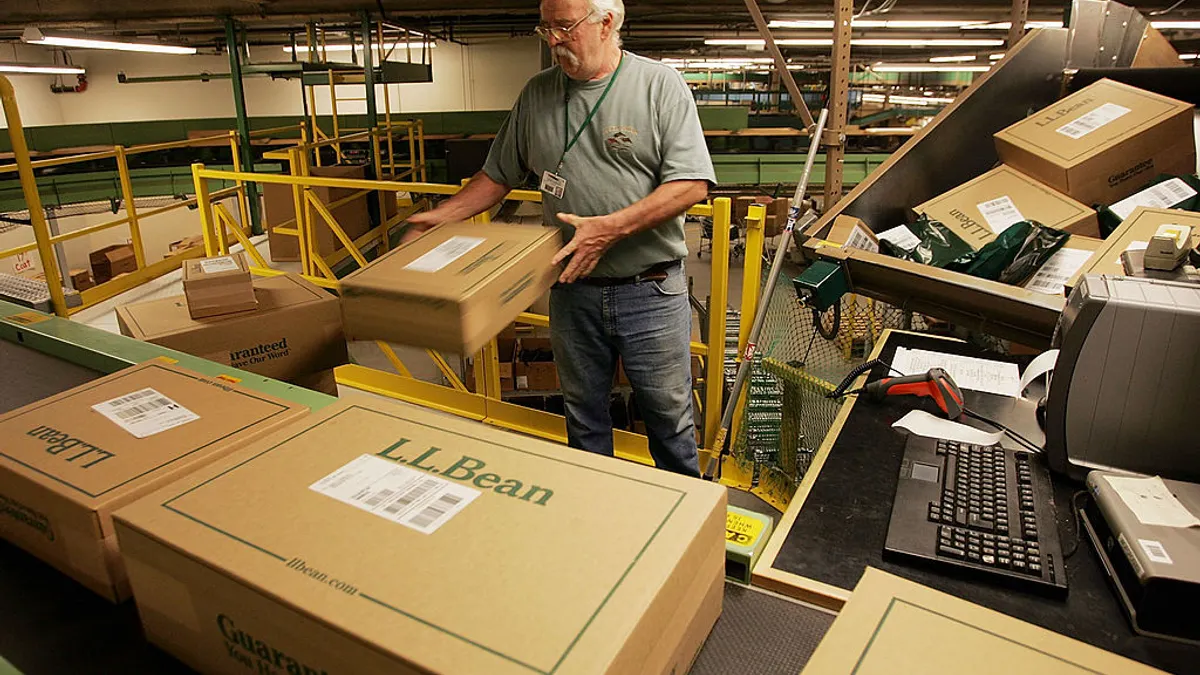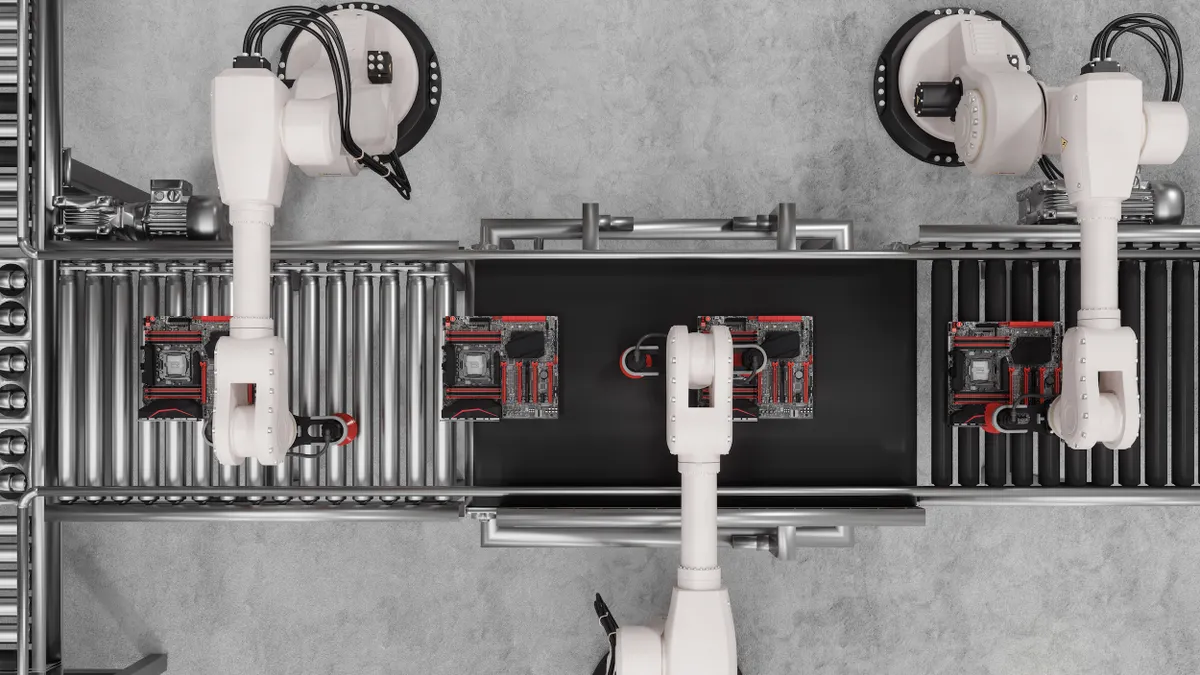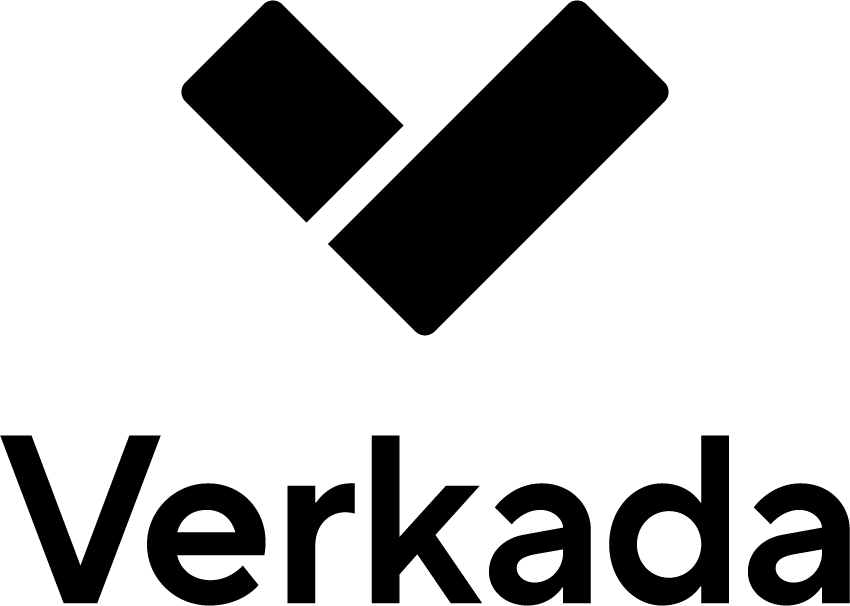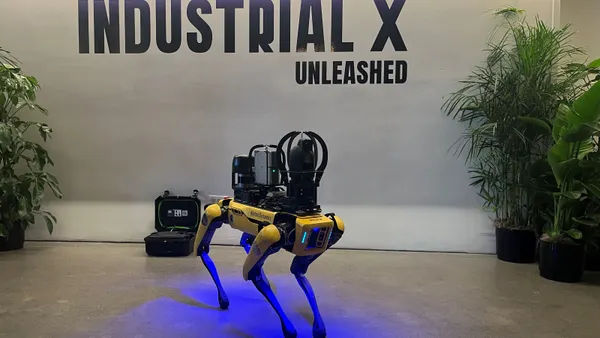Dive Brief:
- Intel Corp. on Thursday revealed its plans to lay off about 24,500 workers globally this year as part of CEO Lip-Bu Tan’s overhaul strategy to simplify and improve operations, according to investor filings.
- After making deep cuts across its U.S. campuses in recent weeks, the chipmaker is on track to reach a target of 75,000 core Intel employees by the end of 2025, Tan said during Intel’s second-quarter earnings call. That’s roughly a 25% reduction from December’s headcount.
- Intel said it will also scrap its manufacturing projects in Germany and Poland, as well as move its Costa Rica operations to larger sites in Vietnam and Malaysia. Additionally, it will “further slow” construction of its $28 billion Ohio chip project to better align with market demand, Tan said.
Dive Insight:
The changes mark a strong effort from Intel to course correct after overextending itself in recent years and failing to quickly adapt to an ever-evolving semiconductor market.
“Unfortunately, the capacity investment we made over the last several years were well ahead of demand and were unwise and excessive,” Tan said during Intel’s Q2 earnings call. “Our factory footprint has become needlessly fragmented.”
“Going forward, we will grow our capacity based solely on the volume commitments and deploy capex lockstep with the tangible milestones, and not before,” he added.
Intel is also implementing new policies to prevent past mistakes. Tan said every major chip design must now be reviewed and approved by him before it goes to manufacturing. Tan also said that he will only invest where he is confident returns exist. This is in an effort to improve Intel’s balance sheet after years of financial struggles.
“Despite meaningful capital spending offsets, our last fiscal year of positive adjusted free cash flow was 2021,” he said. “This is completely unacceptable.”
As part of the changes, Intel already has started to dramatically downsize its workforce to cut operating costs and become a more nimble company. The chipmaker laid off more than 5,000 workers in the past month, with deep cuts across its Oregon, California, Texas, Arizona and New Mexico campuses.
Intel employed 108,900 people as of Dec. 28, 2024, according to its latest full-year earnings report. Of that total, 99,500 are considered “core Intel employees,” meaning they do not work for Mobileye or other company subsidiaries.
Reducing the workforce to 75,000 this year also includes cutting management layers by 50%, Tan said.
“We have a lot to fix in order to move the company forward, and I’m determined to drive the changes necessary to improve our performance,” he said.
For the three months that ended June 28, Intel generated revenue of $12.9 billion, which was relatively flat compared to the same period last year, according to its 10-Q filing. In Q2, the company began production of its 18a wafers in Arizona and launched three new Xeon 6 Series processors used for data centers and network infrastructure.
The chipmaker also reported a Q2 net loss of $2.9 billion, down 81% from a year ago. Results were partially weighed down by one-time restructuring costs of $1.5 billion related to employee severance and exit charges, as well as $416 million in charges related to exiting and consolidating certain businesses and real estate.
Looking ahead, Intel is expecting Q3 revenue to be in the range of $12.6 billion to $13.6 billion, according to the earnings release. It is also expecting a gross margin of 34.1% and a net loss of 24 cents per share. Tan said he is bringing in new leadership for Intel’s data center business in Q3.
Intel is focusing on four key initiatives as it drives change in the coming quarters: organization and culture, strategies for the foundry business, x86 personal computer processors and artificial intelligence.
Tucked away in its investor filing, the company disclosed that it may pause or discontinue development of its 14a nodes if it cannot find a “significant external foundry customer.”
If this were to happen, Intel told investors that it would eventually become more dependent on third-party foundries, particularly TSMC, as it develops next-generation nodes. The company would also be subject to facility and equipment losses, as well as be ineligible for certain government incentives.
When asked about this on the earnings call, Tan said Intel is laser-focused on engaging with customers about its next-generation products, and is confident about the direction of the company. Tan also noted that he wants to be able to meet customers’ demands.
“It’s a lot of responsibility to be serving our customer,” he said. “[We want to] make sure that we can deliver consistent, reliable results to them, so that their debt revenue can depend on us.”



